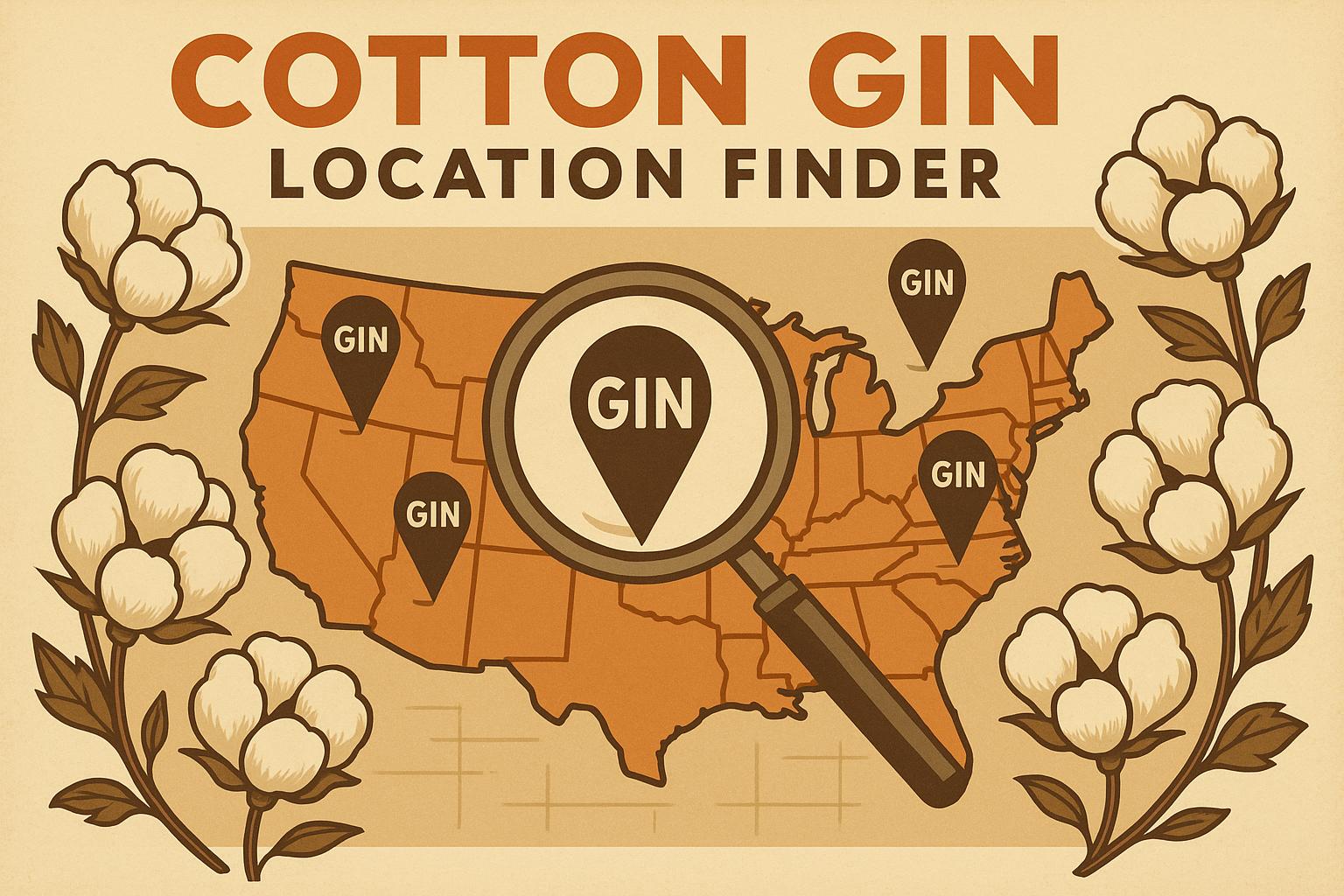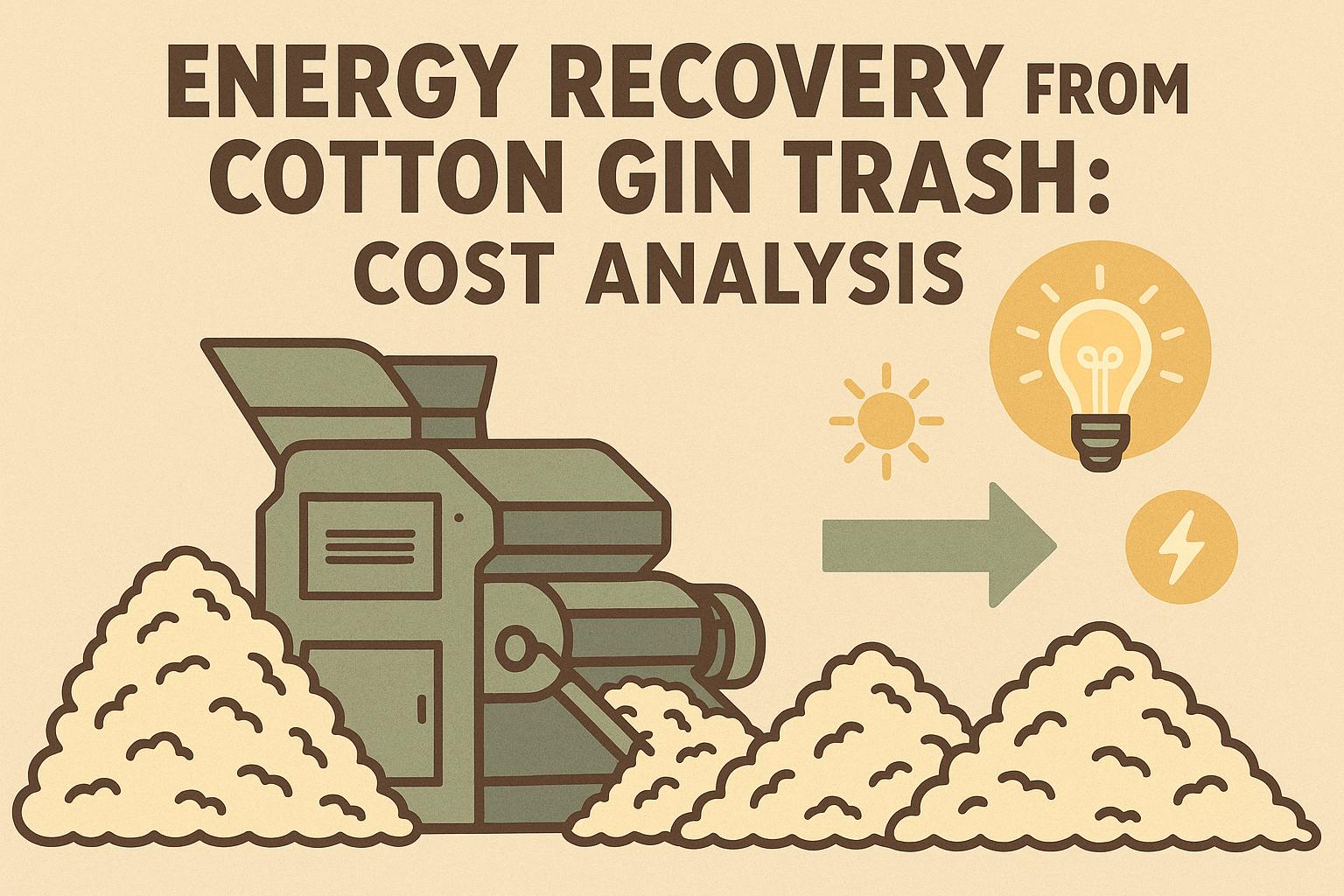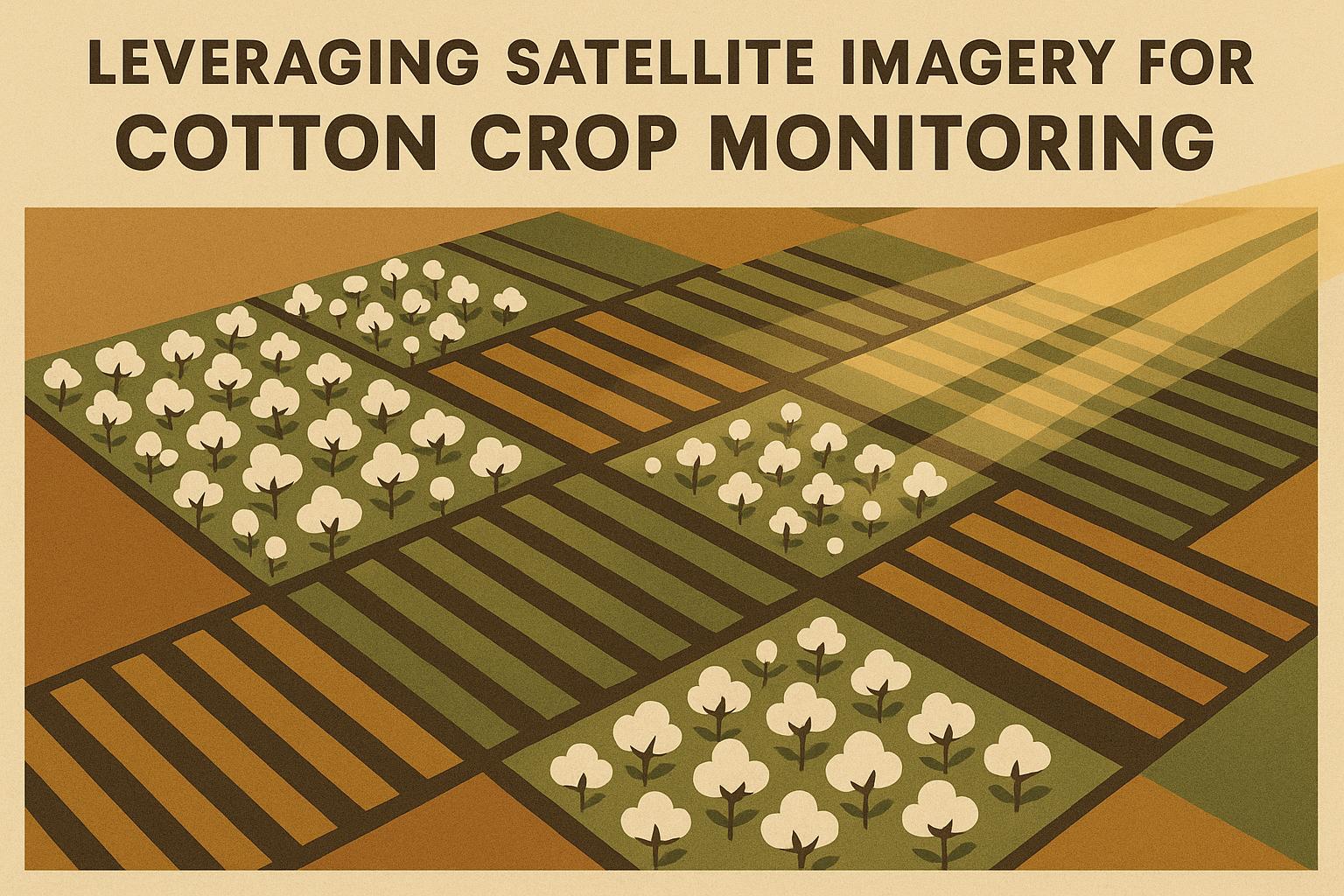Executive summary (TL;DR)
- Enhance cotton plant health management with integrated soil testing and IPM—boosts vigor 15-20% and reduces input costs by targeting stress early for consistent yields.
- Use PGRs and foliar nuts at squaring to balance growth; cuts rankness 10-15% while improving boll set in high-N fields without excess fert.
- Monitor with drones for NDVI; combines with beneficial releases to cut pest damage by 20%, turning healthy plants into premium lint with minimal interventions.
Related Post: For pest-specific tactics, check out our post on Integrated Pest Management in Cotton Farming.
Crop health isn't about luck—it's the cumulative effect of smart calls that keep your crop resilient and productive. You spot early stress, adjust a nutrient or knock back a pest, and suddenly your stands are robust, bolls filling strong without the yield dips that hit unprepared fields. For farmers with years of spotting the subtle signs, cotton plant health management means layering practices to prevent issues before they cost bales, turning potential problems into profitable edges.
We're building a robust system here, assuming you've got your basics like scouting and rotations down pat. This is about integrating for peak health, backed by extension data from Texas A&M, Mississippi State, and Cotton Incorporated. I'll pull from those trials, share adjustments that have worked on variable ground, and give you the framework to make plant health your operation's strength. No one-size-fits-all, just the strategies that deliver.
Understanding Plant Health: Beyond Survival to Thriving
Plant health in cotton isn't just the absence of disease—it's vigor that drives root depth, leaf efficiency, and boll load. Stressed plants drop set 10-15%, per NC State, from weak photosynthesis or nutrient ties. Healthy ones? They handle heat, hold water, resist pests—yielding 200-300 lbs more/acre, Cotton Incorporated reports.
Why prioritize? Inputs cost, but health maximizes them—efficient plants use 15% less N, Oklahoma State data shows. For your farm, that means tighter budgets, better resilience.
Key indicators: Canopy color (dark green), root white/fibrous, growth even. Monitor weekly; early fixes pay big.
Soil Health Foundation: The Root of Plant Vitality
Healthy plants start below ground—soil OM >2%, pH 6.2-6.8 unlocks nutrients. Low OM ties water, cutting health 20%, per Rodale.
Strategies:
- Test annually: Grid sample for variables; aim P 30-40 ppm, K 150+.
- Covers/rotations: Rye after harvest builds OM 1%, fixes N 50 lbs—boosts root mass 15%, Arkansas trials.
- Amendments: Compost 2 tons/acre enhances microbes, and water holds 10-20%.
Pro tip: Bio-stimulants like humic acid at the plant uproot activity 12%, reducing stress.
Off-topic: Tie to market—healthy plants yield premium lint; use quality stats for forward contracts, locking 2-3 cents/lb extra.
Nutrient Management: Balanced Feeding for Peak Health
Imbalances stress plants—excess N pushes veg, low K wilts. Target N 100-120 lbs split, P/K banded.
Advanced:
- Tissue tests mid-bloom: N 3-4%, adjust foliar 5-10 lbs if low—recovers health 10%, Georgia extension.
- Micros: B 0.5 lb foliar square for pollination; Zn chelate in high-pH for bronzing fix.
- Variable-rate: GPS maps apply 15% less, focusing on deficient zones.
Mississippi State: Balanced nutrition holds health through heat, upping set 8-12%.
Table from trials:
| Nutrient | Role in Health | Deficiency Sign | Fix Rate (lbs/acre) | Health Boost |
|---|---|---|---|---|
| Nitrogen | Growth/vigor | Lower yellow | 30-50 side-dress | 15% canopy |
| Potassium | Stress resistance | Edge necrosis | 60 foliar | 10% wilt cut |
| Phosphorus | Root energy | Purple undersides | 20 starter | 12% root mass |
| Boron | Pollination | Cracked petioles | 0.5 foliar | 8% set |
Pest and Disease Defense: Proactive Protection
Pests sap health—thrips stunt 10%, bollworms drop bolls 15%. IPM keeps plants strong without resistance.
Approaches:
- Scout weekly: Thresholds like 2 thrips/plant trigger.
- Beneficials: Release lacewings for aphids; cuts sprays 20%, UC Davis.
- Resistant varieties: Bt for lepidopterans reduces damage by 15%.
Diseases: Fusarium wilt roots—wider rows, fungicides hold health.
Cotton Council: Healthy plants from IPM yield 10% more under pressure.
Stress Mitigation: Weather and Environment Handling
Heat/drought stress wilts health—above 95°F drops set 10-20%. Kaolin clay coats leaves, cutting temp 5°F, Florida trials—ups health 8%.
Water: Drip at 50% capacity maintains turgor, saving 25% use.
Wind: Breaks branches—windbreaks reduce loss 15%.
For extremes: PGRs like mepiquat stabilize growth, holding health in volatility.
Tech Integration: Monitoring for Health Insights
Drones NDVI spot stress early—values >0.6 signal robust health, Kansas State.
Apps log tissue/data; AI predicts dips.
Economics: Health's Payoff
Healthy plants cut inputs 10-15%, boost yields 15%—ROI 2:1 on tests/IPM, USDA.
Premium markets for vigorous lint add 2-5 cents/lb.
A Delta farm layered health strategies, hitting a 20% return lift.
Actionable Takeaways
- Test soil/tissue annually; balance N 100-120, K 150+.
- Scout weekly; IPM thresholds cut sprays 20%.
- PGR mepiquat 8 oz square for growth control 15%.
- Drone NDVI mid-season; aim >0.6 for vigor.


